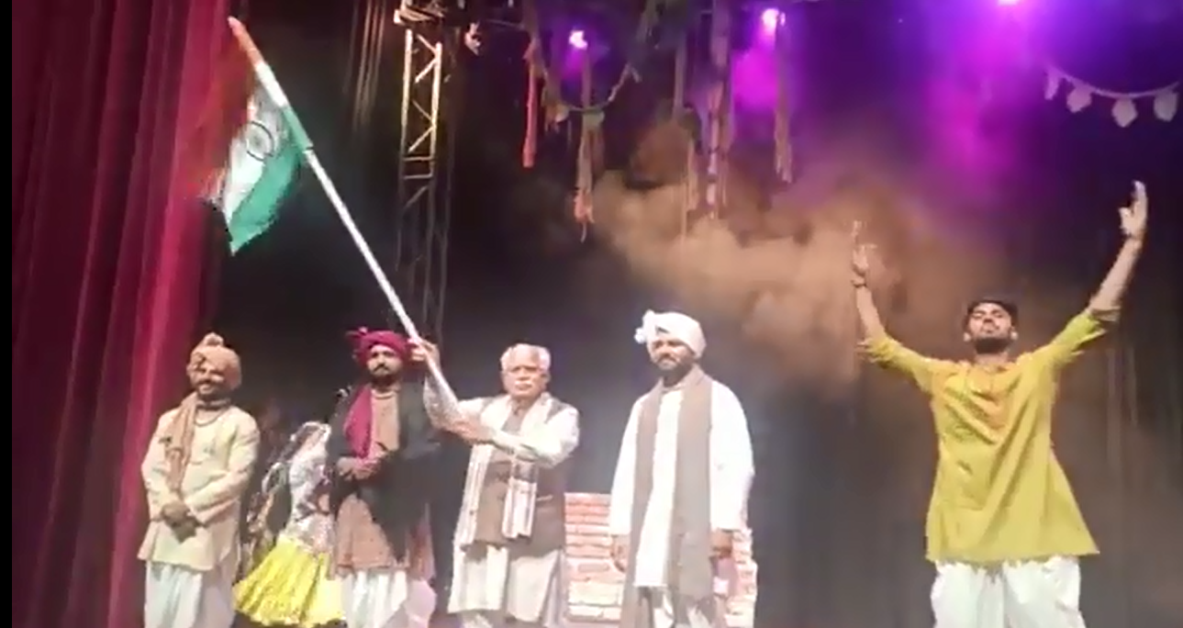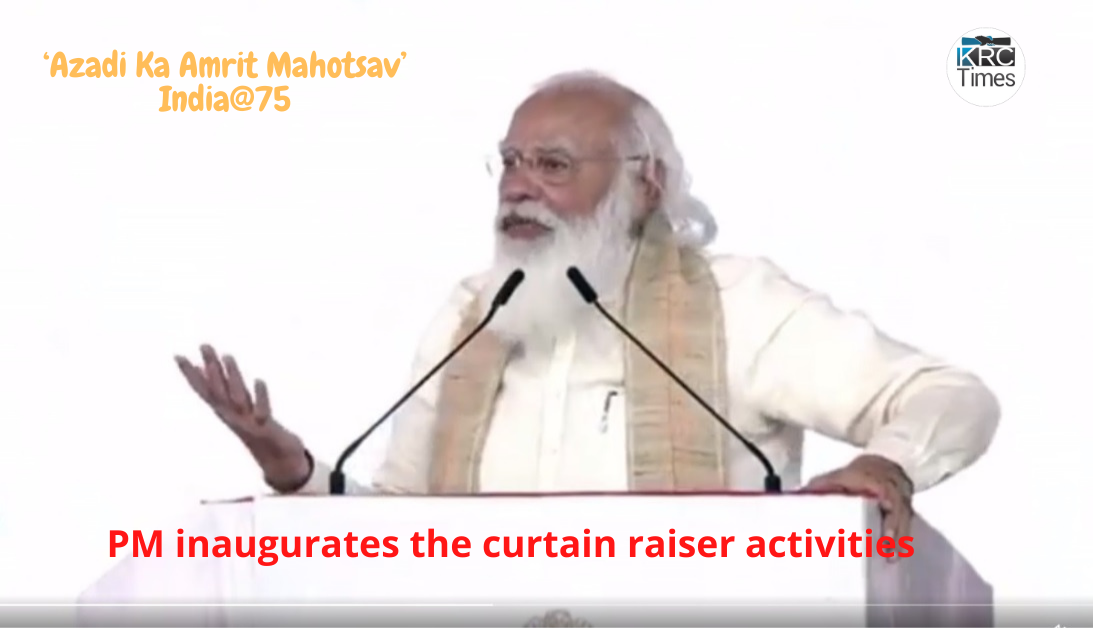The British destroyed the village here with cannon
 Satywan Saurabh
Satywan Saurabh

Lakhs of brave warriors of India had laid down their lives in the freedom struggle. But today some memories have been preserved and some are not known to anyone. Included in this was a story of the revolution of 1857, in which the hero of the village Rohnaat Hisar (Haryana), rescued the sixes of the British army. That was the date 29 May 1857. In Haryana’s Rohnat village, the British army had carried out a barbaric bloodbath to take revenge. In retaliation, the cavalry of the East India Company destroyed the entire village. People started running away from the village and left behind that hot earth on which no population settled for decades.
It was a retaliation for the massacre of British officers during the Ghadar or Military Rebellion of 1857, also known as the First War of Independence. Rohnaat village is located a few miles southwest of Hansi town in Hisar district, Haryana. The village Rohnaat is known as the Ranbankurs of Azadi. The people here had laid down their lives for the independence of the country while fighting the British during the freedom struggle of 1857.
On May 29, 1857, on the orders of Bahadur Shah Zafar, the brave warriors of the village beat the British rule brick by brick. On this day the villagers broke into the jails and liberated the prisoners. Killed 12 English officers in Hisar and 11 in Hansi. Angered by this, the English army fired a cannon near the village Putti and roasted the people of the village badly. Hundreds of people were burnt to death, yet the villagers continued to fight. The villagers here stood fearlessly in front of the oppression of the British and they also suffered the oppression of the British. The British destroyed the village here with cannon.
The British continued the atrocities even after this. Women and children were thrown into the well. Dozens of people were hanged to noose on trees near Surrey Aam Johad. These wells and trees are still living proof of the atrocities of British rule. The biggest witness to the atrocities of the British on the people of this village is the road to Hansi. Many revolutionaries of this village were crushed by bulldozers on this road, due to which it became blood-stained and was named Red Road. The women also committed suicide by jumping into the historical well located in the village to save them from the British.
Even after one and a half hundred years, the village could not recover from that shock. The village elders remember the horror story after seeing the well. Eight cannons were fired to destroy the houses of the village. Due to this the women and children ran away from the village leaving the elders. About 100 people were killed due to the indiscriminate firing. Some of the people caught were hanged from the old banyan tree on the outskirts of the village. Anyone who confessed to killing the British officers was gunned down and gunned down. No human was seen here till months after this incident.
On 14 September 1857, the British declared this village a rebel. On November 13, orders were given for the auction of the entire village. On 20 July 1858, even the village land and houses were auctioned. This land was bought by 61 people from five nearby villages at a bid of just Rs 8,000. The British government again issued a decree that in the future this land should not be sold to the people of Rohnaat. But with time, gradually the situation became normal and the people here bought some acres of land in the name of their relatives and settled in the village again.
There was never any independence celebration in Rohnaat village before 23 March 2018 nor was the national flag hoisted in the village, because no government paid attention to fulfill the demand of the villagers here. Due to this anger, the people here did not celebrate independence. The people regretted that despite having lost everything for the independence of the country, they did not even get the land for which they kept fighting. Angered by this, the villagers never hoisted the flag here.
Till some time back also there was a dispute over some land. The present government settled this dispute. After this, for the first time on 23 March 2018, Chief Minister Manohar Lal Khattar freed the people of the village from the feeling of slavery by hoisting the national flag at the hands of the elders of the village. Now everyone can know about the contribution of the elders of Rohnaat to the country’s independence, so the play ‘Dastan-e Rohnaat’ has been made on the contribution of the elders of Rohnaat village. The play depicts the sacrifice of village Rohnat in the revolution of 1857, which has a special enthusiasm among the people across the country to see it.
(The writer is a Research Scholar, Poet, Independent Journalist, and Columnist, All India Radio and TV Panelist)
Advertisement | KRC Foundation

To know more, visit: https://bit.ly/3KVFnRq




